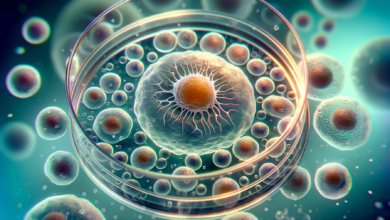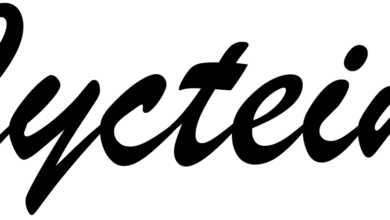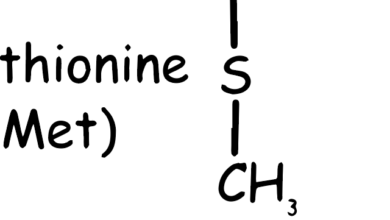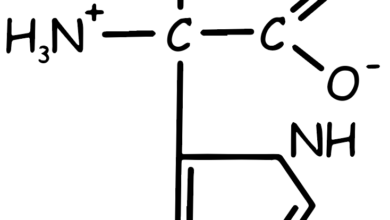Sugar Substitutes and Fake Fats
Many weight-conscious people turn to artificial sweeteners and fat substitutes to cut calories without sacrificing their favorite foods. Chemically, how do these sugar and fat replacements compare with the real thing?
Artificial Sweeteners
Table sugar delivers about 4 Calories per gram. Consuming artificial sweeteners reduces calorie intake, but not always because the additives are truly calorie-free. Instead, most are hundreds of times sweeter-tasting than sugar, so a tiny amount of artificial sweetener achieves the same effect as a teaspoon of sugar. The list below shows a few popular artificial sweeteners. They include:
• Sucralose (sold as Splenda): This sweetener is a close relative of sucrose, except that three chlorine (Cl) atoms replace three of sucrose’s hydroxyl groups. Sucralose is about 600 times sweeter than sugar, but the body digests little if any of it, so it is virtually calorie-free.
• Aspartame (sold as NutraSweet and Equal): Surprisingly, aspartame’s chemical structure does not resemble sugar. Instead, it consists of two amino acids, phenylalanine and aspartic acid. Like sugar, it delivers about 4 Calories per gram, but it is about 200 times sweeter than sugar, so less is needed.
• Saccharin (sold as Sweet’n Low and Sugar Twin): This sweetener, which has only 1/32 of a Calorie per gram, was originally derived from coal tar in 1879. It consists of a double-ring structure that includes nitrogen and sulfur.
Fat Substitutes
Because fat is so calorie-dense (about 9 Calories per gram), cutting fat is a quick way to trim calories from the diet. Excess dietary fat can be harmful, leading to weight gain and increasing the risk of heart disease and cancer. It is important to remember, however, that some dietary fat is essential for good health. Fat aids in the absorption of some vitamins and provides fatty acids that human bodies cannot produce. Fats also lend foods taste and consistency.
Fat substitutes are chemically diverse. The most common ones are based on carbohydrates, proteins, or even fats, and a careful reading of nutrition labels will reveal their presence in many processed foods.
• Carbohydrate-based fat substitutes: Modified food starches, dextrins, guar gum, pectin, and cellulose gels are all derived from polysaccharides, and they all mimic fat’s “mouth feel” by absorbing water to form a gel. Depending on whether they are indigestible (cellulose) or digestible (starches), these fat substitutes deliver 0 to 4 Calories per gram. They cannot be used to fry foods.
• Protein-based fat substitutes: These food additives are derived from egg whites or whey (the watery part of milk). When ground into “microparticles,” these proteins mimic fat’s texture as they slide by each other in the mouth. Protein-based fat substitutes deliver about 4 Calories per gram, and they cannot be used in frying.
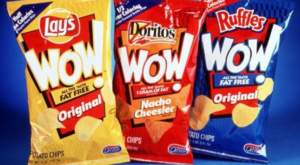
• Fat-based fat substitute: Olestra (marketed as Olean) is a hybrid molecule that combines a central sucrose molecule with six to eight fatty acids (figure 2.B). Its chief advantage is that it tastes and behaves like fat—even for frying. Olestra is currently approved only for savory snacks such as chips. It is indigestible and calorie-free, but some people have expressed concern that olestra removes fat-soluble vitamins as it passes through the digestive tract. Others have publicized its reputed laxative properties. Most people, however, do not experience problems after eating small quantities of olestra. Sugar and fat substitutes can be useful for people who cannot or do not wish to eat much of the real thing. But nutritionists warn that these food additives should not take the place of a healthy diet and moderate eating habits.
